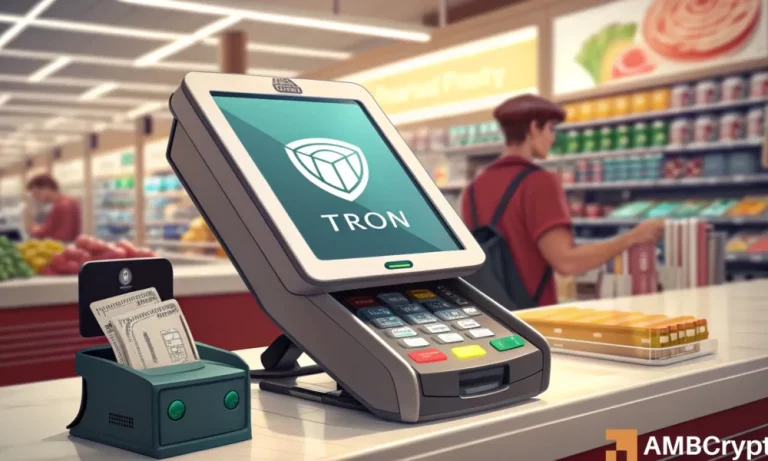
The Basics of Internet Infrastructure and Selection of Internet Service Provider (ISP)
The internet plays a crucial role in our daily lives, yet most individuals lack insight into the complexity of their internet service beyond monthly billing. Broadband experts offer guidance on decoding internet mechanics and optimizing home networks to enhance user experience and economize expenses.
Unlocking the mystery behind internet functionality reveals a network paradigm reliant on fiber optics to transmit data through light signals. Understanding this network architecture empowers consumers to comprehend service charges and elevate connection speeds by delving into router mechanisms.
The global internet structure, characterized as a Wide Area Network (WAN), interconnects millions of networks and data servers through an intricate framework of routers. The robustness and vastness of this network ensure the internet’s resilience even in the face of potential failures along its backbone infrastructure.
Key Components of Broadband Networks
Breakdown of the broadband ecosystem by the Pew Research Center identifies essential network strata:
- The Backbone: Undersea cables, the backbone of internet infrastructure, facilitate seamless data transfer globally, enabling activities like live streaming events from distant geographies.
- The Middle Mile: Managed by major ISPs, this network segment extends from data processing centers to the user’s residence, employing technologies like fiber optics for enhanced connectivity.
- The Last Mile: Handled by internet service providers, this connection segment, such as fiber-optic or coaxial cabling, finalizes the link between the user’s home and the broader network, often representing a costly and controversial tier of broadband infrastructure.
Wi-Fi, Ethernet, and Li-Fi Comparison
Wi-Fi and Ethernet delineate the common avenues for online access, with Wi-Fi offering wireless connectivity and Ethernet providing faster speeds through hardwired links to devices. While Ethernet delivers superior stability and speed, Wi-Fi offers convenience despite potential congestion issues. Li-Fi, an emerging technology leveraging light signals for data transmission, showcases potential for groundbreaking internet speed advancements.
Selecting an Optimal Internet Service Provider
Choosing the right ISP necessitates thorough research considering service types and coverage options:
- Fiber: Ideal for high-speed connections with symmetric download and upload speeds, fiber emerges as a cost-effective and efficient solution.
- Cable: Widespread coverage notwithstanding, cable connections are susceptible to price hikes post the initial subscription period.
Understand your data usage requirements, evaluate available internet options, and carefully analyze ISP offerings, including equipment fees, connection speeds, and contract terms, to arrive at an informed decision tailored to your household’s internet needs.






